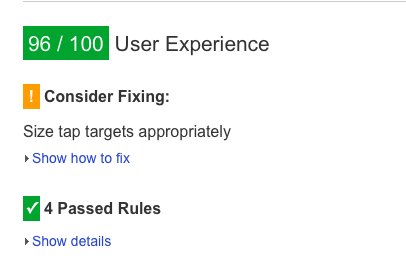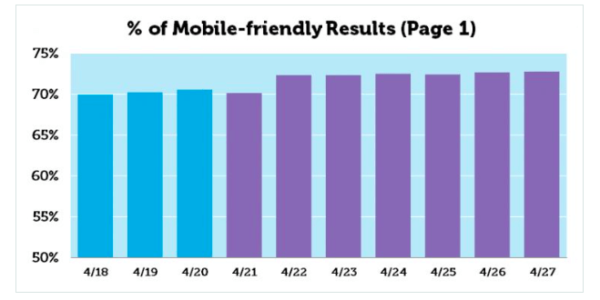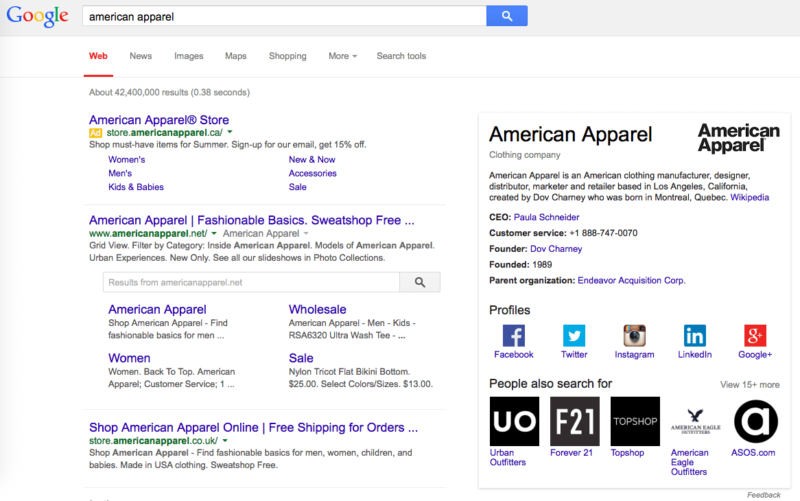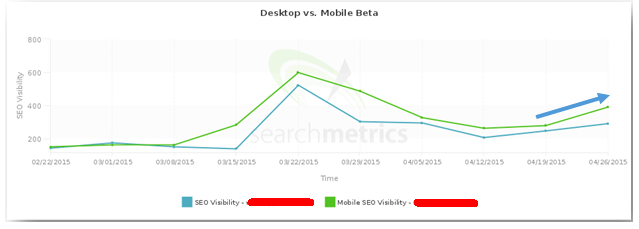Post-Mobilegeddon Update: Is The Impact As Catastrophic As Predicted?
Columnist Jayson DeMers recaps the findings of multiple studies done on the impact of Google's mobile friendly update.

D-Day has come and gone, and the Internet is still standing. Google’s mobile-friendly update, which many have called Mobilegeddon, has been a hot topic among web marketers and SEOs since Google announced the impending change back in February.
The usual pondering and predictions about when Google’s next update could be were put on hold for two months while webmasters scrambled to get their sites up to snuff.
But has Mobilegeddon proven to be as significant as predicted? This post will look at the fallout (or lack thereof) of Google’s April 21 mobile-friendly update.
Searchmetrics: Update Impacted Mobile SEO Visibility, But Desktop SEO Visibility Remained Stable
The only company I could find currently measuring mobile visibility, Searchmetrics, was able to provide unique insights into the impact of Mobilegeddon.
Based on their data set, Searchmetrics found that the average loss of rankings for the non-mobile friendly sites they measured was 0.21 positions on average. Many sites experienced a significant drop in mobile rankings while remaining relatively stable (or even growing their visibility) in desktop search, suggesting that the change in visibility was due to the mobile friendly update.
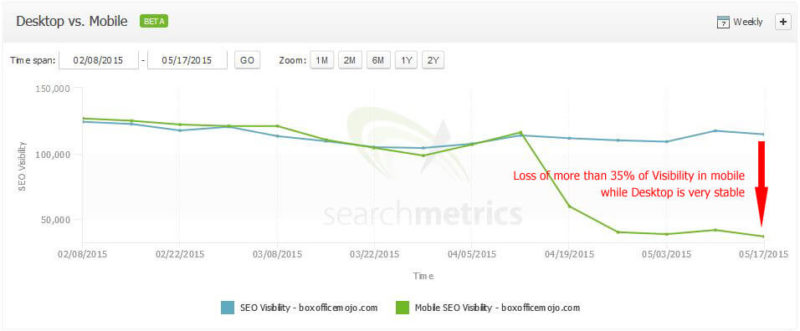
Desktop vs. mobile SEO Visibility for boxofficemojo.com, whose site is not mobile friendly.
It’s clear from these findings that the April 21 update truly was intended to target only mobile results. Desktop SEO visibility does not appear to be impacted by the update, while non mobile-friendly sites and pages took the biggest hit — just as we would expect.
BrightEdge: Decrease In Non Mobile-Friendly URL’s On The First 3 Pages
Content marketing company BrightEdge has tracked over 20,000 URLs since the update, and is reporting a 21% decrease in non mobile-friendly URLs on the first 3 pages of search results. The impact is more significant on pages 2-3, while page 1 results have only seen a 17.3% decrease. They write:
[blockquote]We hypothesize that because other ranking factors are weaker on the second and third pages of search results that the mobile-friendliness of a URL had a bigger impact on rank than it did on the first page.[/blockquote]
They have also determined that sites with a user experience score of 80 or higher on the PageSpeed Insights tool made the grade in terms of being deemed “mobile-friendly.” Their advice? Keep tweaking your site until you receive a user experience score of at least 80.
Moz: Slight Increase in Page 1 Mobile-Friendly Results
Moz’s Dr. Peter Meyers wrote an in-depth analysis of the 7-day impact of Google’s mobile update. While their mobile MozCast — a Google algorithm weather report — has shown a slight increase in the percentage of page 1 mobile-friendly results, the impact has clearly been less significant than many predicted.
He points out that the actual impact may appear somewhat skewed as many sites would have already been mobile-friendly prior to April 21:
Even before April 21st, a surprisingly high number of the URLs we track carried the “Mobile-friendly” tag. We don’t have a lot of historical data, but the low point was around 66.3% (on April 8th). That number has steadily crept up since then, but it’s unclear whether this is an algorithmic change, data being updated by Google, or sites being updated last-minute to be more mobile friendly.
Larry Kim: Branded Searches Not As Heavily Impacted
Larry Kim, founder and chief technology officer of WordStream (and Search Engine Land columnist), reported to Search Engine Watch’s Mike O’Brien that brand name searches don’t seem to have been significantly impacted by the update — even for sites that aren’t mobile-optimized:
[blockquote cite=”Larry Kim”][It] makes sense because it would be dumb for Google to not send branded searches to the brand site just because their site isn’t optimized, but basically for every other type of keyword, they’re favoring other sites…Mobile-optimized sites are basically gaining whatever the non-mobile optimized sites are losing, so we’re talking pretty big wins here.[/blockquote]
O’Brien uses clothing retailer American Apparel as an example. The company’s website fails Google’s mobile-friendly test — and apart from branded searches, the site has experienced major losses in their rankings. The site still shows up as the number one result for “best American apparel,” but not for “best american clothes.” The latter search query surfaces a page five result for the company –and even then, it’s the company’s Los Angeles store’s Yelp review that appears.
3Q Digital: Page Speed May Be The Most Significant Ranking Factor Post-Mobilegeddon
In an interview with Social Times, Colin Guidi, director of SEO at 3Q Digital, reports that a site’s speed and load times seem to be a more significant ranking factor than mobile-friendliness:
[blockquote cite=”Colin Guidi”]Visiting these sites via a mobile browser and slower processors shows that page speed and load time seems to be a heavier weighted ranking factor over this new mobile-friendly update. With responsive sites you have a heavier code base and can inherently have a slower load time while still passing Google’s Mobile Friendly Test. Responsive sites that fall into this bucket of being friendly but still outranked by non-mobile-friendly sites should take a look at their TTFB (time to first byte).[/blockquote]
3Q Digital analyzed four client sites to determine the impact of the update for different types of mobile sites: dedicated mobile, responsive, and dynamically served.
They found the biggest impact on the sites using a dedicated mobile site or responsive design. They haven’t seen any impact with dynamically served sites. They report seeing no changes in terms of traffic levels for any of the sites tested to this point.
What Can We Expect In A Post-Mobilegeddon World?
While the impact of Mobilegeddon has not been as catastrophic as many believed, we are seeing non mobile-friendly results drop off of the page one results. Having a mobile-optimized site leads to a better user experience, and not having one pretty much guarantees you’ll never make it onto the first page results.
Guidi is quick to point out that mobile-friendliness, while now an official ranking factor, is still only one of many that must be considered:
[blockquote]We have to understand that mobile-friendliness is a single ranking factor. There are more than 200 ranking factors that determine the position of websites. I think the community as a whole is fixating on this because Google rarely lets us know (about changes in advance).[/blockquote]
From my own observations, the impact of this update has been far less dramatic than many predicted. As others have pointed out, this is likely due, at least in part, to the fact that many sites heeded the warning to optimize for mobile prior to the April 21 update. More cynical observers believe that Google has been able to accomplish their agenda — getting sites primed and ready for mobile — without having to dole out serious penalties.
Whatever the case may be, it will be interesting to see if Google’s mobile-friendly update continues to roll out, or if we’ve already seen the worst of it.
Have you seen an impact in your rankings and/or traffic since April 21st? Share below!
Contributing authors are invited to create content for Search Engine Land and are chosen for their expertise and contribution to the search community. Our contributors work under the oversight of the editorial staff and contributions are checked for quality and relevance to our readers. The opinions they express are their own.
Related stories
New on Search Engine Land
